In the world of Montessori education, the right materials play a crucial role in fostering a child’s natural curiosity and independence. This article explores the top Montessori educational materials that are essential for creating a child-centered learning environment. From sensorial and practical life tools to those for mathematics, language, and cultural studies, we will delve into how each category supports various aspects of a child’s development. By understanding and utilizing these specialized resources, educators and parents can enhance their teaching practices and better support children’s learning journeys. Join us as we examine these invaluable tools and their impact on nurturing a dynamic and effective educational experience.
Investigate this topic thoroughly with gameshoek.com
1. Introduction
In the Montessori approach to education, materials are meticulously designed to support and enhance a child’s natural learning processes. These materials are not merely tools but integral components of a thoughtfully structured environment that encourages self-directed exploration and discovery. The Montessori method emphasizes the importance of hands-on, experiential learning, where children engage with materials that promote their cognitive, sensory, and emotional development.
This article delves into the top Montessori educational materials that are essential for creating an effective and engaging learning environment. We will explore a range of materials that cater to different developmental needs, including sensorial tools that refine perceptual skills, practical life materials that foster independence and daily living skills, and specialized resources for mathematics and language that build foundational academic abilities. Additionally, we will cover cultural materials that introduce children to the world beyond their immediate experience and art and creativity tools that encourage self-expression and innovation.
Understanding these materials and their purposes allows educators and parents to provide a rich, supportive learning experience. By integrating these tools into educational practices, you can enhance classroom engagement and support your child’s journey towards becoming a confident, self-motivated learner.
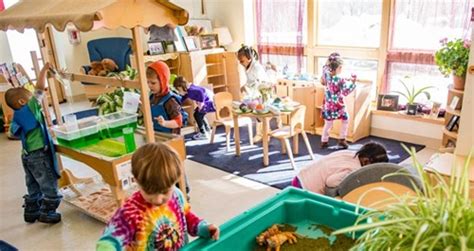
2. Sensorial Materials
Sensorial materials are designed to help children refine their senses and develop a deeper understanding of their environment. In a Montessori classroom, these materials play a pivotal role in enhancing sensory perception through hands-on exploration. They include a variety of tools such as the Pink Tower, which helps children distinguish between different sizes and the Sound Boxes that develop auditory discrimination. The Color Tablets support the recognition of colors and their gradations, while the Fabric Box allows children to explore various textures.
Each sensorial material is carefully crafted to isolate specific sensory experiences, promoting concentration and fine motor skills. By interacting with these materials, children learn to classify, compare, and refine their sensory experiences, laying a strong foundation for cognitive development. The use of sensorial materials aligns with the Montessori philosophy of learning through discovery, enabling children to engage deeply with their senses and better understand the world around them.
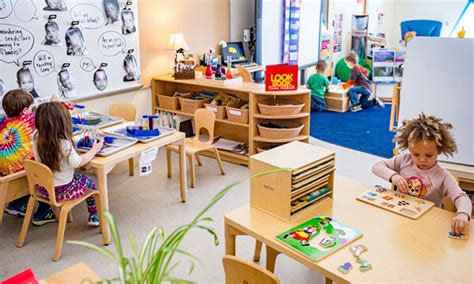
3. Practical Life Materials
Practical life materials are fundamental in Montessori education, focusing on developing a child’s independence and daily living skills. These materials simulate real-life tasks and are designed to enhance fine motor skills, coordination, and concentration. Common examples include tools for pouring, spooning, and buttoning, which teach children essential self-care and household skills. Activities such as washing dishes or polishing objects help children learn responsibility and attention to detail.
These materials are presented in a way that encourages self-correction and repetition, allowing children to practice and master tasks at their own pace. By engaging with practical life materials, children not only gain confidence in their abilities but also develop a sense of order and purpose. This hands-on approach supports the Montessori principle of learning through meaningful activity, providing a solid foundation for other academic and social skills.
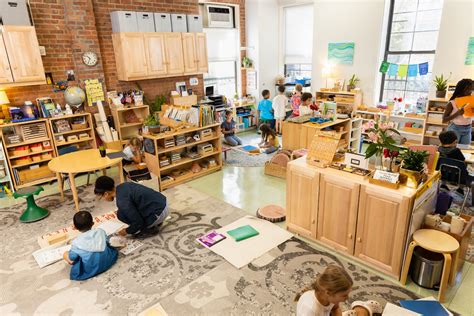
4. Mathematics Materials
Mathematics materials in Montessori education are designed to help children grasp abstract concepts through concrete, hands-on experiences. These materials make mathematical ideas tangible and accessible, facilitating a deep understanding of numerical relationships and operations. Key examples include the Golden Beads, which represent units, tens, hundreds, and thousands, allowing children to visually and physically manipulate numbers and understand place value.
The Montessori approach also features tools like the Number Rods, which help children learn about quantity and sequence, and the Decimal System materials, which introduce the concept of decimals in a concrete way. These materials support activities such as addition, subtraction, multiplication, and division through practical manipulation, which reinforces abstract mathematical concepts.
By interacting with these materials, children build a strong foundation in mathematics, developing both computational skills and a conceptual understanding of mathematical principles. The hands-on nature of these tools promotes engagement and encourages exploration, making math an intuitive and enjoyable subject. This approach aligns with the Montessori philosophy of learning through discovery, where children build confidence and competence in mathematical reasoning through meaningful, self-directed activities.
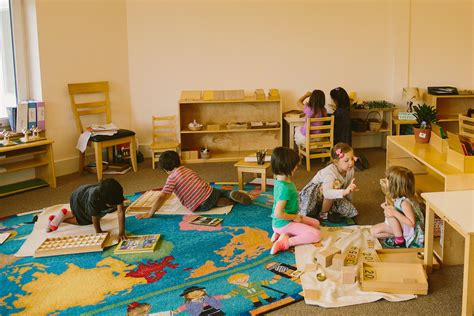
5. Language Materials
Language materials in Montessori education are designed to support the development of reading, writing, and communication skills through engaging, interactive methods. These materials include the Sandpaper Letters, which help children learn the shapes and sounds of letters by tracing them with their fingers, reinforcing letter recognition and phonemic awareness. The Moveable Alphabet allows children to experiment with letter combinations and create words, fostering early writing skills and spelling practice.
Additionally, Montessori classrooms use materials like the Language Object Boxes, which contain objects that help children associate sounds with corresponding words, and the Grammar Symbols, which introduce the basic components of sentence structure through visual and tactile means. These tools are carefully designed to make abstract language concepts more concrete and accessible.
Through these language materials, children develop foundational literacy skills in a way that is both meaningful and enjoyable. The Montessori approach encourages children to explore language at their own pace, building confidence and a love for reading and writing. This hands-on method aligns with the Montessori philosophy of learning through active engagement and discovery.
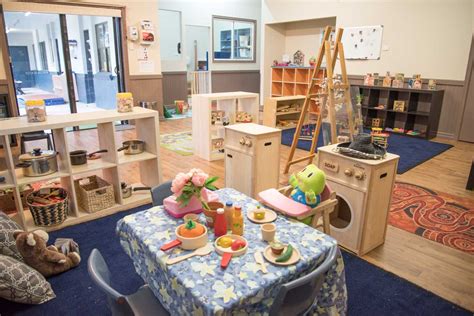
6. Cultural Materials
Cultural materials in Montessori education aim to broaden children’s understanding of the world by introducing them to diverse cultures, geography, and history. These materials help children appreciate and respect different cultures while fostering a sense of global awareness and interconnectedness. Key examples include the Montessori World Map Puzzle, which allows children to explore continents and countries through a tactile, interactive experience. This tool helps them understand geographical relationships and the diversity of our planet.
Another essential resource is the Cultural Materials Box, which may include artifacts, traditional clothing, and cultural items from various regions. These items provide children with a tangible connection to different cultures and traditions, promoting curiosity and respect for global diversity. Additionally, Montessori classrooms often feature cultural stories and music, which expose children to different languages, customs, and historical events in an engaging and accessible manner.
By incorporating these materials, Montessori education supports children in developing a well-rounded perspective of the world. The hands-on nature of these resources encourages exploration and discussion, helping children build empathy and appreciation for different cultures. This approach aligns with the Montessori philosophy of fostering a sense of global citizenship and nurturing a deep understanding of the world and its dive
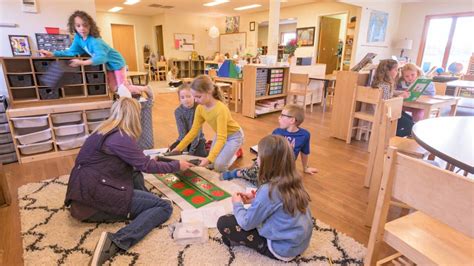
7. Art and Creativity Materials
Art and creativity materials in Montessori education are designed to foster self-expression and imaginative exploration. These materials provide children with opportunities to develop their artistic skills and explore various mediums in a structured yet open-ended way. Key resources include a variety of art supplies such as colored pencils, watercolors, clay, and collage materials, which encourage children to experiment with different techniques and materials.
The Montessori approach emphasizes the importance of process over product, allowing children to focus on the creative journey rather than solely on the end result. Materials like the Art Easel and Drawing Boards support fine motor skills and coordination while enabling children to create freely. The Art and Creativity materials also include activities that introduce children to famous artists and artistic styles, fostering an appreciation for art history and diverse artistic expressions.
By integrating these materials into the learning environment, Montessori education promotes creativity and personal expression. Children are encouraged to explore their artistic interests, make choices, and develop their unique style. This hands-on approach to art helps build confidence and provides a meaningful outlet for self-expression, aligning with the Montessori philosophy of nurturing the whole child and supporting their individual growth.
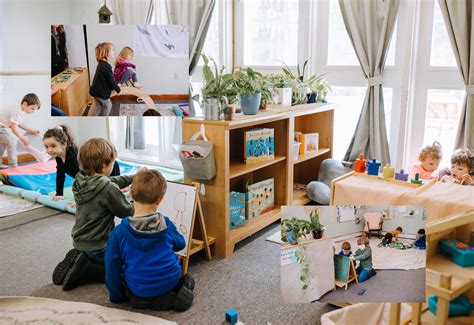
8. Conclusion
Montessori educational materials are integral to creating a rich, child-centered learning environment that supports various aspects of a child’s development. From sensorial and practical life tools to materials for mathematics, language, culture, and art, each category plays a vital role in fostering a child’s independence, curiosity, and intellectual growth. By utilizing these specialized resources, educators and parents can provide engaging, hands-on learning experiences that cater to each child’s unique needs and interests.
Implementing these materials effectively enhances classroom engagement and supports a child’s journey towards becoming a confident, self-motivated learner. The Montessori approach, with its emphasis on discovery and active participation, helps children build foundational skills while nurturing their creativity and understanding of the world. Embracing these tools not only enriches the educational experience but also aligns with the core Montessori philosophy of fostering a dynamic and effective learning environment.
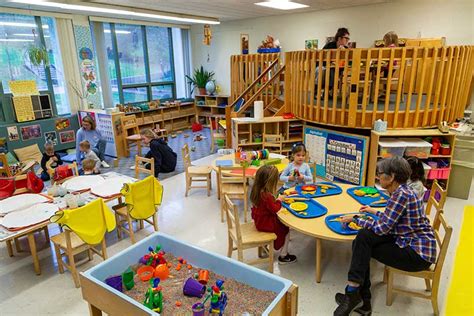
gameshoek.com
